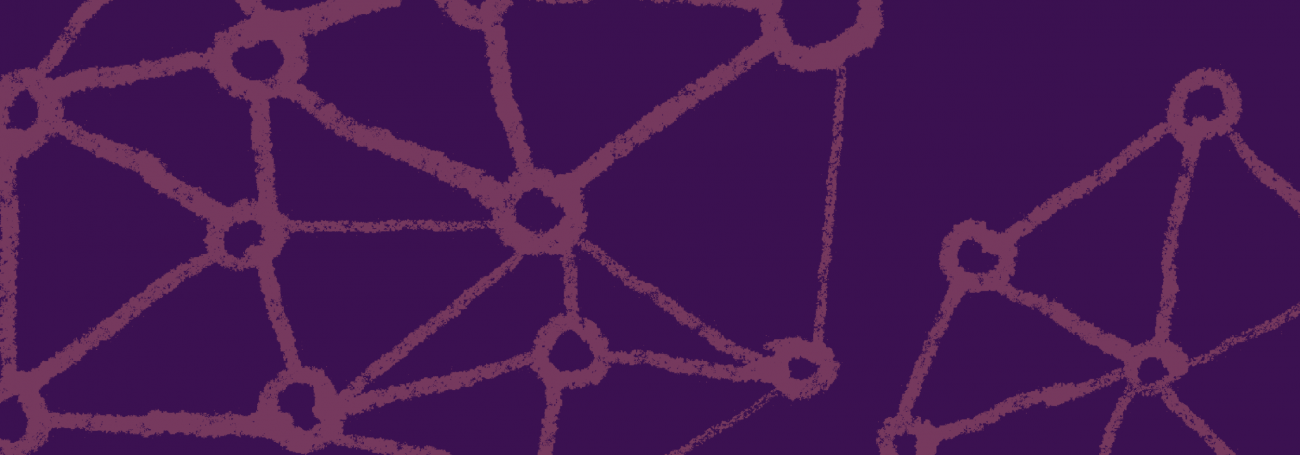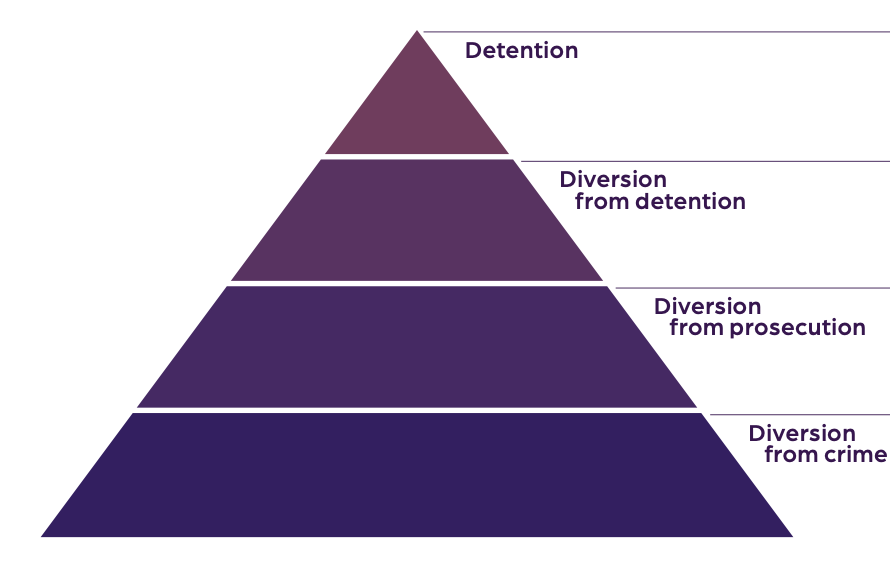Diversion from crime
Restorative justice can reduce the risk of crime due to family problems through training in restorative parenting and through family group conferences. Restorative justice can reduce the risk of crime caused by young people being excluded from or dropping out of school through mediation and restorative circles which not only reduce discipline problems but teach students the values of responsibility and respect and social skills such as non-violent conflict resolution.
Restorative justice can reduce the risk of crime in neighbourhoods caused by social exclusion, inter-group and inter-cultural conflict and gangs through the development of restorative cities or communities. These approaches involve a coordinated approach to resolve conflicts and prevent harm. The integration of minority ethnic groups within communities can contribute to a reduction of foreigners in prison.
Diversion from prosecution
The public can be sceptical about diversion from prosecution when they do not perceive any element of accountability for wrongdoing and harm. Restorative processes such as mediation demonstrate real accountability and satisfaction from victims and consequently have been used to avoid prosecution. This approach can earn public credibility and support.
Diversion from custody
In some European countries (for example, in Northern Ireland) agreements to repair harm and to avoid further offending made through restorative conferences prior to sentencing can become court orders. This means that the agreements will be rigorously supervised and, if not complied with, the perpetrator will be returned to court. 85 to 90% of victims are satisfied with their experience of restorative justice and do not seek any further punishment. This has made restorative justice very popular with judges and has contributed to a dramatic reduction in the use of custody. There is also a much higher level of compliance to restorative agreements than to other community sanctions. Restorative justice can also be used post-sentence as part of a community sanction. The involvement of victims and the engagement of perpetrators in reparation have proved attractive to both judges and the general public.



